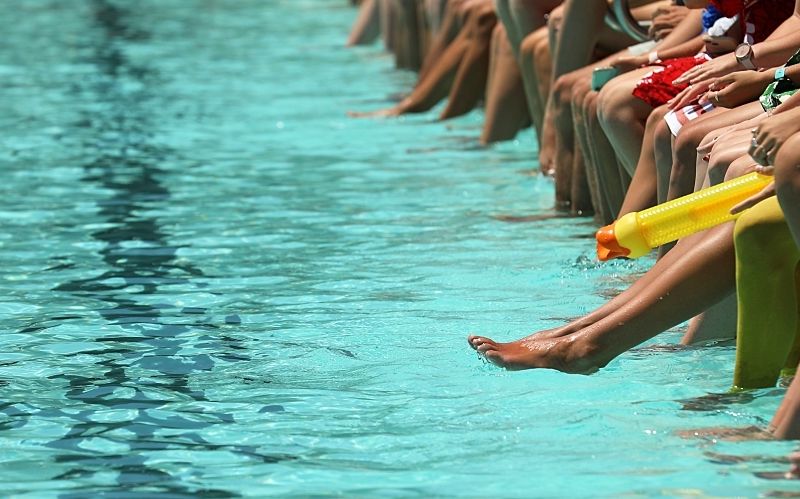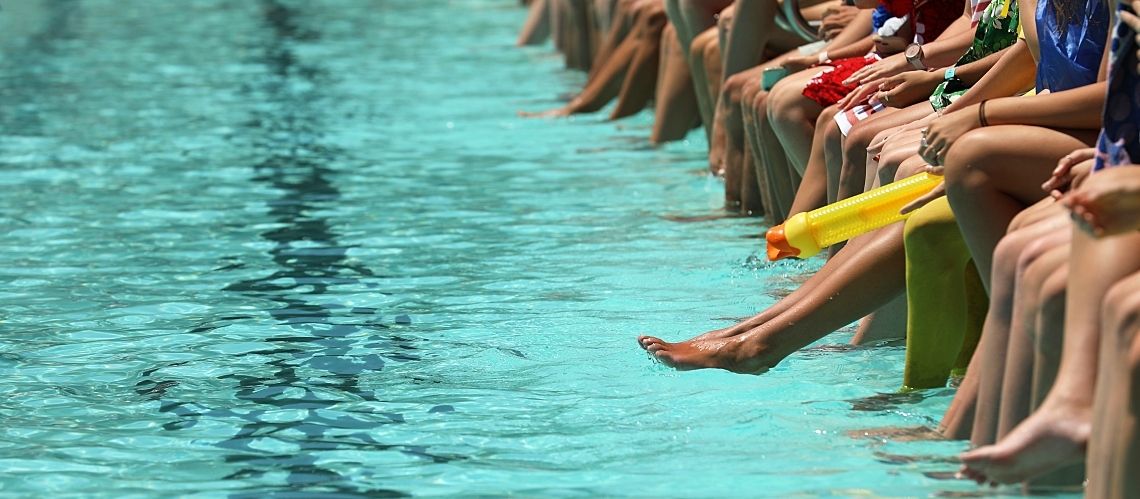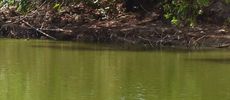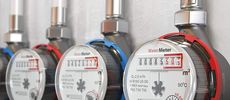Recreational Water Quality Testing: A Refresher


Nothing can spoil a summer day at the ocean, lake, or pool faster than contaminated water. What starts as a fun trip can devolve into an emergency room visit for a nasty rash, swimmer's ear, infected eyes, breathing troubles, or a bout of diarrhea or vomiting.
Each year, approximately 7 million waterborne illnesses occur in the U.S., leading to over 6,000 deaths. That makes the work of health and environmental agencies vital to ensure recreational water quality at local beaches and lakes. They rely on water labs to test samples and provide results for decision-making on swim advisories and beach closures.
Read on to refresh your knowledge of recreational water testing, learn about updates to recreational water quality criteria (RWQC) and recommended use of real-time polymerase chain reaction (qPCR), and review the Model Aquatic Health Code (MAHC) from Centers for Disease Control and Prevention (CDC).
Contaminants Make Recreational Water Users Vulnerable
Swimming, wading, surfing, and kayaking are all fun ways to enjoy warm weather—but they come with risks. When recreationists swallow, inhale, or come in contact with contaminated water, they can quickly become ill. The most common culprits are microscopic organisms, including Cryptosporidium, Pseudomonas, Legionella, Shigella, and norovirus.
The Clean Water Act (CWA) directs the Environmental Protection Agency (EPA) to develop recommended RWQC to protect human health. However, that doesn't mean water laboratories are testing for these bacteria, viruses, and toxins. Instead of measuring the concentration of dangerous contaminants directly, testing quantifies indicator organisms and toxins present. These organisms—Enterococcus in saltwater and E. coli in freshwater—indicate the presence of human or animal waste and other dangerous pathogens. If the indicator test result falls below the recommended RWQC level, human health is considered protected from contaminants likely to be present in the same water.
Tribal and state governments can consider EPA's recommended RWQC when setting their own water quality standards for lakes, rivers, and beach waters. With standards in place, they can determine which waters to prioritize for monitoring and testing.
RWQC Recommendations Increase Public Health Protection
The RWQC recommendations change over time. In May 2023, EPA published a report on its second five-year review of the current (2012) RWQC. This final report examined the scientific developments since the RWQC review released in 2018, discussed EPA's revisions to the recommended RWQC, and identified research needs.
To safeguard public health, especially at beaches, the 2012 RWQC noted tools for measuring contaminant levels, including qPCR, a rapid, sensitive test method. In 2019, EPA issued additional recommended RWQC for two cyanotoxins.
In the latest report, EPA made three more recommendations:
- Develop new qPCR-based RWQC that better protects the health of young children, the group most sensitive to contaminants.
- Expand the recommended RWQC to protect people from exposure to viruses as well as bacteria and toxins.
- Explore new methods to more precisely determine whether a water body is contaminated with human feces, which presents the greatest risk of illness in recreational waters.
EPA also encouraged Tribes and states, especially those with beach advisory programs, to begin using or expanding their qPCR methods. Studies show a more consistent link between illnesses in recreational waters and qPCR results than current methods. Using qPCR also helps Tribes and states quickly notify the public about local recreational water hazards.
MAHC Voluntary Guidelines Protect Aquatic Facilities
Pools, hot tubs, and splash pads pose their own threats to human health. One in eight routine inspections of public pools and one in seven routine inspections of hot tubs or spas resulted in immediate closure due to at least one violation, creating a serious danger to public health. In particular, disease outbreaks caused by Cryptosporidium have sickened thousands. The parasite can survive in properly chlorinated water for more than a week, making it hard to control except through proper hygiene and water filtration.
To prevent injury and illness, CDC developed the Model Aquatic Health Code, a set of guidelines composed of the latest science and best practices. The MAHC provides standards to minimize the spread of pathogens through proper water treatment, monitoring, and hygiene practices.
Regular Water Testing Protects Your Community
As managers of recreational waters and aquatic facilities, you may ask for a fast turnaround from your water test lab to ensure timely decisions on beach advisories and closings. By being prepared to conduct tests and deliver results promptly, you'll ensure the members of your community can enjoy a fun, healthy—and worry-free—day by the water.






